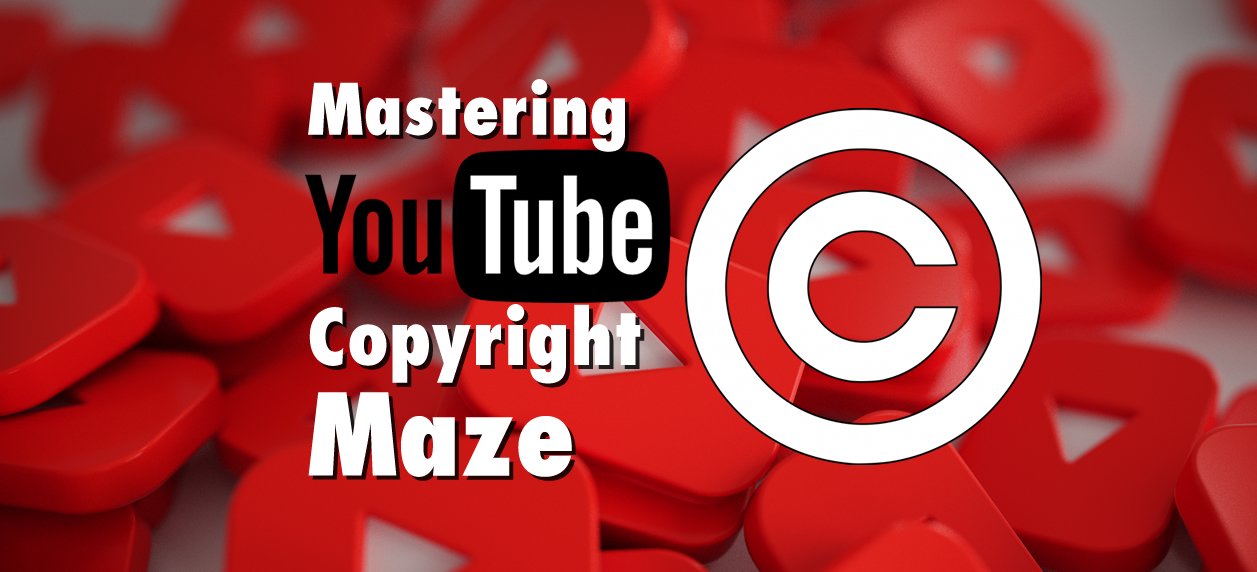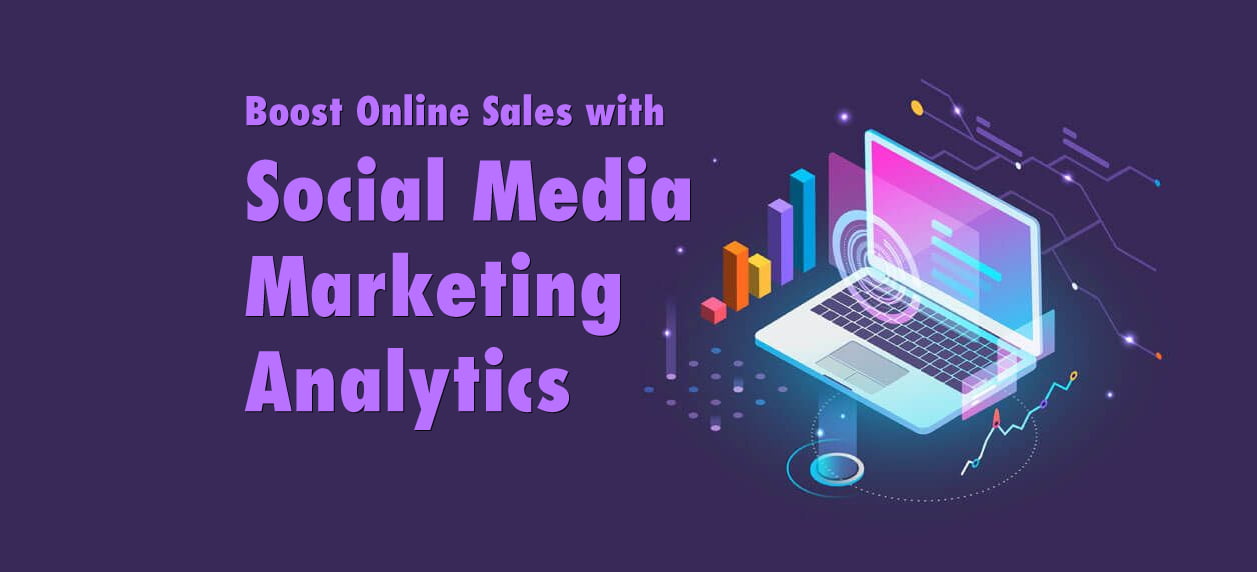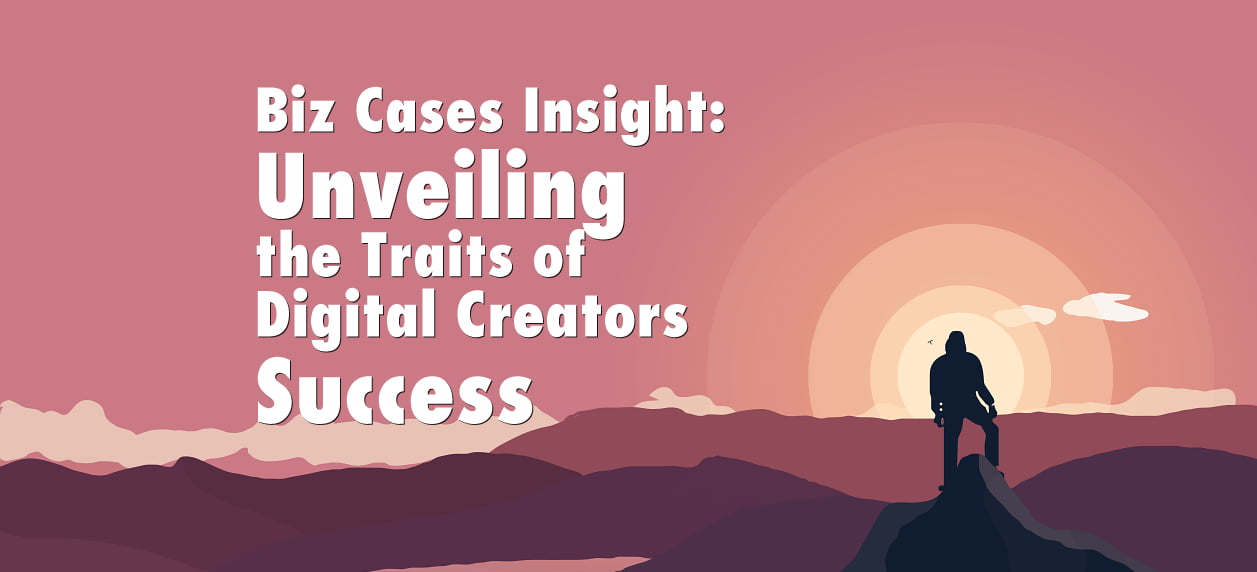YouTube has become a thriving platform for creators to showcase their talents, and one of the most powerful ways to captivate your audience is through the use of music. Incorporating popular songs or artist's music into your videos can enhance the viewer experience, but it comes with a potential minefield of copyright issues. Fear not, though, as this post will guide you through the process of safely creating YouTube videos featuring artist's music while ensuring you follow YouTube's policies.
We'll provide you with best practices, real-life examples, and case studies to help you navigate this tricky terrain.
Understand Music Copyright Basics
Before diving into using artist's music, it's crucial to grasp the basics of copyright law. Copyright gives creators exclusive rights to their work, which includes music. To use someone else's music legally, you generally need permission from the copyright owner or a license. However, there are ways to do it without facing copyright strikes:
**Public Domain**: Use music that is in the public domain, meaning it's not protected by copyright and can be freely used.
**Royalty-Free Music**: Use royalty-free music from platforms like Epidemic Sound, where you purchase a license to use the music without worrying about copyright issues.
**Creative Commons**: Some artists offer their music under Creative Commons licenses, which allow various levels of usage. Make sure to follow the license's specific terms.
YouTube's Content ID System
Certainly, let's explore the chapter on “YouTube's Content ID System” in more detail. Understanding how YouTube's Content ID system works is crucial for creators who want to feature artist's music in their videos while complying with copyright policies.
YouTube's Content ID System
YouTube's Content ID system is a robust automated tool designed to manage copyrighted content on the platform. It primarily serves copyright owners, such as music labels and artists, by helping them protect their intellectual property. However, it also affects content creators who use copyrighted music in their videos. Here's a closer look at how the system operates:
- Automatic Scanning: When you upload a video to YouTube, the platform's algorithms automatically scan it for copyrighted material, including music. This scanning process is quick and efficient, allowing YouTube to identify copyrighted content within seconds.
- Database of Copyrighted Material: YouTube maintains a vast database of copyrighted material provided by copyright owners. This database includes audio fingerprints and reference files of protected music. When a match is found between your video and a copyrighted reference file, the Content ID system takes action.
- Copyright Owner's Options: Once a match is detected, copyright owners have several options for how to handle the video that uses their copyrighted material:
- Monetization: Copyright owners can choose to monetize the video by placing ads on it. Revenue generated from these ads is typically directed to the copyright owner, not the video creator.
- Block: In some cases, copyright owners may choose to block the video entirely or restrict its availability in certain regions. This action prevents the video from being viewed by the public.
- Mute or Replace Audio: Instead of blocking the video, copyright owners may opt to mute or replace the copyrighted audio in the video, allowing it to remain visible but without the infringing music.
- Track and Statistics: Copyright owners can also choose to track the video's performance and gather data on viewership and engagement.
- Impact on Creators: For creators who use copyrighted music, the Content ID system can have several implications:
- Monetization Share: If a video is monetized by a copyright owner, the revenue earned from ads in that video typically goes to the copyright owner, not the video creator. This means that creators may not profit from videos that contain copyrighted music.
- Blocked or Restricted Videos: Videos featuring copyrighted music may be blocked or restricted in certain regions. This can limit the video's reach and impact.
- Muted Audio: In cases where copyrighted music is detected, the audio of the video may be muted or replaced with alternative music, affecting the video's quality and intended message.
- Disputing Content ID Claims: If you believe that your use of copyrighted material qualifies as fair use or falls within another exception, you can dispute a Content ID claim. YouTube provides a dispute process that allows creators to present their case for why the use is legitimate. However, this process can take time, and the final decision rests with the copyright owner.
- Preventing Content ID Claims: To avoid Content ID claims altogether, creators can use music from YouTube's Audio Library, which provides a selection of music and sound effects that can be used without worrying about copyright issues.
YouTube's Content ID system is a powerful tool that copyright owners use to protect their content on the platform. Creators who wish to feature artist's music in their videos should be aware of the potential implications, such as revenue sharing, video blocking, or audio muting. It's essential to obtain proper licenses or permissions for copyrighted music or explore alternatives like royalty-free music to ensure a smoother journey on YouTube while respecting copyright policies.
Understanding how to navigate Content ID claims and disputes can be valuable for creators who believe their use of copyrighted material qualifies as fair use or falls within legal exceptions.
Fair Use and Transformative Content
In some cases, you can incorporate copyrighted music under the principle of “fair use” if your video qualifies as transformative content. Transformative content adds new meaning, purpose, or context to the original work.
This aspect of copyright law can be particularly powerful when used correctly, but it's essential to understand its nuances.
Fair use is a doctrine within copyright law that allows for the limited use of copyrighted material without obtaining permission from or paying royalties to the copyright owner. However, it's vital to note that fair use is a complex and context-dependent legal doctrine, and its application can vary by jurisdiction.
Here, we'll explore how fair use can be applied to feature artist's music in YouTube videos, specifically within the context of transformative content.
- Parody and Satire: One of the most common applications of fair use is in creating parodies or satirical content. Parodies use copyrighted material to criticize, comment on, or lampoon the original work. By adding humor, criticism, or social commentary, creators can argue that their use of copyrighted music is transformative. A famous example is Weird Al Yankovic, who creates parodies of popular songs.
- Educational Use: Using copyrighted music in an educational context can often be considered fair use. If the music is crucial for the educational purpose of the video and doesn't serve as a mere substitute for the original work, it's more likely to be considered transformative. For instance, a music teacher using a copyrighted song to demonstrate a specific technique or theory may have a stronger fair use claim.
- Critique and Commentary: When using copyrighted music to provide critique or commentary on the work itself, the transformative nature of the content becomes evident. This can include reviewing an artist's discography, analyzing lyrics, or discussing the cultural impact of a song. The key is to add substantial original content to the video that goes beyond merely using the music as a backdrop.
- Mashups and Remixes: Mashups and remixes can also fall under fair use if they significantly transform the original music. For example, if you take snippets from various songs and create a new composition with a different purpose and meaning, it can be considered transformative. However, it's essential to exercise caution as this area can be legally gray, and transformative intent is critical.
- Non-commercial Use: Fair use is more likely to apply in non-commercial contexts. If your video doesn't generate revenue or profit directly from the copyrighted music, it may be viewed more favorably in the eyes of fair use doctrine. However, this doesn't guarantee immunity from copyright claims.
- Attribution and Context: Clearly stating the purpose of your video and properly attributing the original music can strengthen your fair use argument. Explain why the music is essential for your video's transformative purpose, and provide viewers with context to help them understand the transformative nature of your content.
It's crucial to recognize that fair use is a defense rather than a right. If you use copyrighted music in your YouTube video under a fair use argument, you may still receive a copyright claim or strike. In such cases, you may need to appeal and provide a persuasive argument for why your use qualifies as fair use.
Keep in mind that fair use is a complex legal concept, and its application can be subjective. When in doubt, it's advisable to consult with a legal expert who specializes in copyright law. They can provide guidance tailored to your specific situation and help you navigate the potentially murky waters of featuring artist's music in your YouTube videos while claiming fair use. Remember, fair use is a valuable tool for creators, but it should be used judiciously and responsibly to ensure compliance with copyright laws.
Case Study: “Epic Rap Battles of History”
The YouTube channel “Epic Rap Battles of History” is an excellent case study in using copyrighted music creatively. They feature popular songs and artists in their rap battles, but they do so under the umbrella of parody, ensuring their content is transformative. As a result, they've built a massive following and avoided copyright strikes.
Find here case studies and examples of successful YouTube channels that implemented copyrighting policies efficiently.
Attribute Properly
When using copyrighted music under Creative Commons licenses, it's essential to give proper attribution to the artist. This usually involves providing the artist's name, the title of the work, and a link to the original source in your video description.
Failing to give appropriate credit can lead to copyright claims and disputes. Here's how to attribute properly, along with examples:
- Include Artist's Name: Clearly mention the name of the artist or copyright owner of the music. This allows viewers to identify the creator and acknowledge their work.
- Example: “Music by [Artist's Name].”
- Specify Song Title: Mention the title of the song being used. This provides additional information about the music being featured.
- Example: “Song: [Song Title] by [Artist's Name].”
- Link to Original Source: Include a clickable link to the original source of the music, typically on a platform like YouTube, SoundCloud, or the artist's website. This allows viewers to explore more of the artist's work.
- Example: “Listen to the full track on [Link to Original Source].”
- License Information: If applicable, provide information about the specific Creative Commons license under which the music is used. This clarifies the permissions granted by the copyright owner.
- Example: “Licensed under [License Type] ([Link to License]).”
- Duration of Use: In some cases, it may be necessary to mention the duration for which you're using the music, especially if the license stipulates specific conditions.
- Example: “Music used with permission for [Duration].”
Proper attribution not only ensures that you're following copyright regulations but also acknowledges and promotes the original artist's work. It's a respectful and ethical practice when featuring copyrighted music in your YouTube videos, fostering goodwill between creators and copyright owners.
Seek Licensing or Permission
If you want to feature a specific artist's music, it's often best to seek proper licensing or permission. Many artists and music labels offer licensing options, especially for non-commercial or small-scale YouTube creators. Don't be afraid to reach out; you might be pleasantly surprised by the response.
Use YouTube's Audio Library
YouTube provides a vast Audio Library with a selection of music and sound effects that creators can use without worrying about copyright issues. It's a fantastic resource to find music that fits your video's mood and theme.
Dont Give Up!
Navigating YouTube's copyright policies while featuring artist's music in your videos requires careful consideration and adherence to copyright laws. Remember to understand the basics of copyright, consider transformative content, attribute properly, seek licensing when necessary, and utilize YouTube's resources like the Audio Library.
By following these best practices and learning from successful case studies like “Epic Rap Battles of History,” you can create captivating YouTube content while avoiding copyright strikes and staying within YouTube's policies.
So go ahead, let the music play, and unleash your creative potential on the world's largest video-sharing platform!
Disclaimer: Understanding YouTube's Copyright Guidelines
While this post aims to provide guidance on safely featuring copyrighted music in your YouTube videos, it's crucial to remember that YouTube's policies and copyright regulations can change over time. The information provided here is based on the knowledge publicly available. To ensure that you're always in compliance with the latest guidelines, we strongly recommend referring to YouTube's official resources on copyright.
YouTube offers comprehensive information on copyright policies, best practices, and dispute resolution. To stay up-to-date and make informed decisions regarding the use of copyrighted material on your channel, please visit the following YouTube resources:
YouTube Copyright Information Page
- This page provides an overview of YouTube's copyright policies, including explanations of copyright strikes, Content ID, and fair use.
- The Copyright Center is a valuable resource that offers detailed guidance on copyright-related issues, how to handle copyright claims, and how to resolve disputes.
YouTube Creator Academy – Copyright
- The YouTube Creator Academy offers free courses on various aspects of content creation, including copyright. These courses provide in-depth knowledge and practical tips.
It's essential to remain vigilant and informed when creating content on YouTube, especially when using copyrighted music. Understanding YouTube's copyright guidelines and staying current with their policies will help you navigate the platform successfully while respecting the rights of artists and copyright owners.




